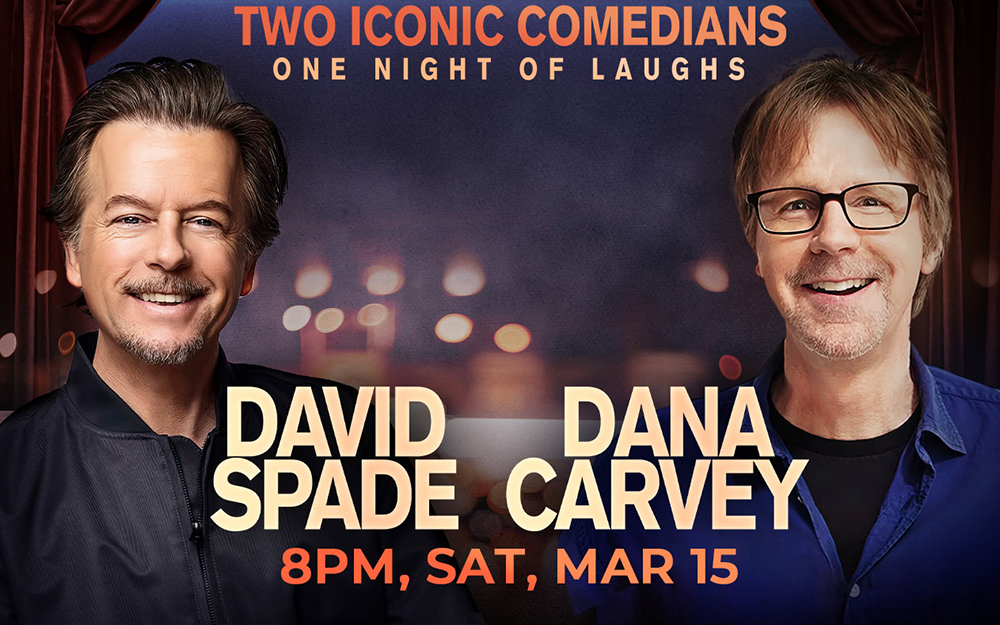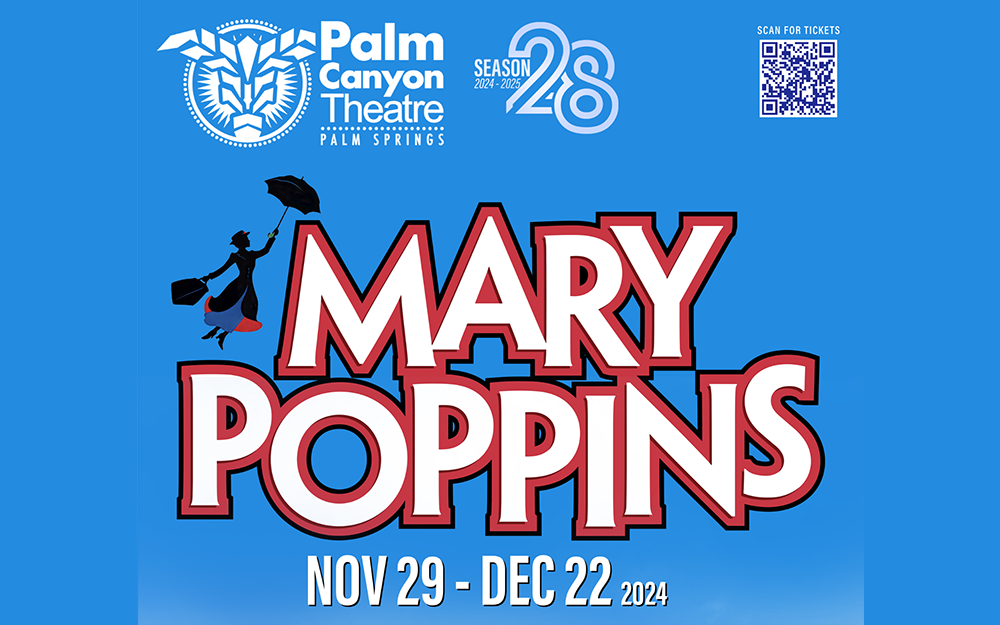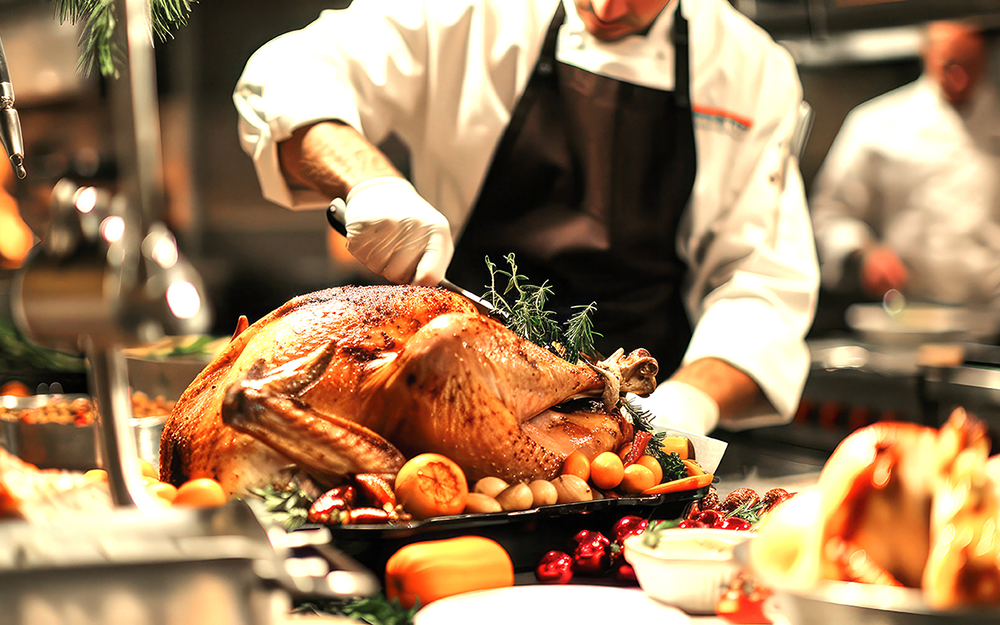
By Flint Wheeler
Everyone loves fairy tales, which is why more and more people love March Madness. The promise of the Cinderella team has captured the nation’s hearts ever since Jimmy Valvano and the upstart North Carolina State Wolfpack shocked their way to the national championship in 1983.
For basketball bettors, whether you’re wagering on NCAA games or filling out a tournament bracket for your annual March Madness pool, spotting the Cinderella before the clock strikes midnight is the road to riches. While the majority of March Madness aficionados pick their jaws up off the ground, those skilled enough to spot the tournament sleeper are counting their cash and touting a bracket free of red ink.
Non-conference schedule
Most tournament stunners hinted at their upset potential early into the college hoops season. The only problem is 99.9 percent of March Madness bettors don’t pay attention to the NCAA ranks until Selection Sunday. From the early tipoff tournaments to the conference championships, it’s a wiseguys’ game.
Before automatically penciling a recognizable program past a lower-seeded mid-major you should take a trip back in time, before the New Year, and see just who these small schools sharpened their teeth against this season, and even the year before.
Looking at previous Cinderella teams like Davidson in 2008 or Florida Gulf Coast in 2013, you’ll find a bevy of big-name programs on their non-conference schedules. The Wildcats, led by Stephen Curry, clashed with fellow Carolina rivals Duke and UNC on the regular and also took on UCLA and North Carolina that season. And the Eagles’ 2012-13 calendar was packed with notable names like Duke, St. John’s, Iowa State, and VCU.
Potential Cinderellas don’t necessarily have to knock off those Goliaths during non-conference competition, with the experience of playing at that high level preparing them for tournament time. Mid-majors with plenty of major conference foes on the docket are less likely to be overwhelmed by their opponents in the opening rounds of March Madness.
How those underdogs did against the spread versus serious non-conference competition is also, at the very least, a solid indicator of a sleeper bet early in the tournament. That 2007-08 Davidson team was 0-4 SU versus UNC, Duke, UCLA and NC State but covered the spread in each of those non-conference games. The Wildcats would go on to run through Georgetown, Gonzaga, and Wisconsin in the tournament before losing to eventual-champ Kansas by two points in the Elite Eight – going a perfect 4-0 ATS in the Big Dance.
Playmakers/Game breakers
The top talents in the NCAA making the jump to the pros each year come from the same NBA-factory programs like Kentucky, Kansas and North Carolina. However, there are always one or two mid-major guys, playing under the radar all year, that sneak into the first round of the draft. And often times, an impressive display on the national stage is what got those players from smaller schools recognized.
There are a handful of current and former NBA players that sparked a Cinderella upset during their college days, like Curry at Davidson, Courtney Lee at Western Kentucky, Eric Maynor at VCU, Gordon Hayward at Butler, and Adam Morrison at Gonzaga. Having the best player on the floor can sometimes be enough. A go-to guy keeps opponents honest on defense and makes the big shot, which is key for Cinderellas.
3-point shooting/rebounding/defense
When breaking down Cinderellas from a statistical approach, some of the more common numbers that pop up are terrific 3-point shooting, the ability to rebound and keep opponents off the boards, and a defense that can hold up against talent-stuffed favorites.
The ability to knock down the 3-ball is very important for underdog teams, allowing them to keep pace with a bigger stronger opponent who may be able to bully their way to the basket for easy looks. A perfect example is Northern Iowa’s upset over Kansas (hinted at above) in the second round of the 2010 NCAA tournament. The Panthers sunk nine 3-pointers in that game and left a towering KU frontcourt powerless.
In Norfolk State’s Round of 64 upset of Missouri in 2012 – a No. 15 over No. 2 seed – the Spartans dominated the glass, pulling down 35 boards with 14 on the offensive end (including a game-winning tip-in). Norfolk State scored 16 second-chance points on those offensive putbacks, and free points can turn any mid-major team into a potential giant killer – or at least a spread coverer.
On the defensive side of the ball, a mid-major program that prides itself on defense can often turn those stops and turnovers into easy buckets. George Mason nearly rode its hard-nosed defense all the way to the national title game in 2006. The Patriots, who ranked 21st in defense (60.1 points against per game), shut down super powers Michigan State, and North Carolina in the first two games of the tournament and held Wichita State to 55 points before winning an overtime shootout with UConn in the Elite Eight.
With all that said, I’d be remiss if I did not iterate my love for the Blue Bloods. This year, I would keep a particular eye on Arizona (Best player in the field), Duke, (4 Top 25 NBA picks on the roster), and Villanova (Coaching, Talent, Grit). My Pick – Arizona Wildcats. G’ Luck!









































